As lockdown restrictions eased, shopping in physical stores has made a comeback. Over 63% of customers have stated they feel comfortable going out shopping. This is indeed happy news for brick-and-mortar businesses and shop owners. But a recent update by Apple in its privacy policy has drastically affected how marketers can target customers. This is because users choose the option of not allowing apps to track their location. Retailers will have to pick contextual data with updated locations through geofencing to understand customer behaviour in the coming months.
​What is Geofencing?
Geofencing is location-based advertising where a geographical boundary is according to the subject. A geo-fence will trigger various events when any mobile device enters this area. Mostly the triggers are to deliver some advertising. In the past, it was done through SMS marketing, but nowadays, it has diversified to push notifications. This fits perfectly into the programmatic advertising stack. Geofencing has been around for a while and is constantly developing. Marketers are trying to find new ways to utilize it effectively.
Geofencing can identify and create a large customer base over time. And if implemented well, it can even play a role in attribution, retargeting, and other location-based insights.Â
​How does geofencing work?
Here is a breakdown of how exactly geofencing works:
- It traces a geographical radius circling a location.Â
- Then a virtual barrier, i.e., geo-fence is set up around that area.
- An event is triggered when any device gets in or outside that barrier.
Best Buy targeted customers by sending them geo-targeted advertising, rewards, and offers using this technique. They even partnered with SocialVibe and Placecast and sent virtual currencies through SMS to those who had completed SocialVibe’s brand engagements and have locations near Best Buy stores.
According to Chris LoRusso, director of client services and business development at SocialVibe, “SocialVibe enhances deeper engagement to deliver results.”
How to use geofencing to drive foot traffic in your store?
Location-based marketing is surely powerful for businesses in a world filled with smartphone users focused on privacy. Here’s how it can be used better than other available marketing methods:
-
Geofencing allows retailers to compete effectively
Retailers can even set a geo-fence around their competitor’s location and enhance their business. L’Oréal Paris, Starbucks, McDonald’s, and many more effectively use Geofencing. Targeting precision was only up to a radius of 50 meters until now, which led to some error in customer tracking as how would you know a customer walked into your store or some other building next to you? But now, with innovations like Bluedot, we can use accurate location services to provide customer experiences by offering features like pre-ordering, pickup, payments, post-sale interactions, etc.
-
​Geofencing boosts Customer Loyalty
Online shoppers are fickle, and even though over $90 billion is spent on loyalty programs every year and non-cash rewards, 78% of customers have claimed to leave after three years or less. A combination of the human element and technology needs to be used to create results. Using geofencing, businesses can understand their customers well and provide personal experiences. Greeting your customer with a cup of coffee just the way they like will enhance the personalized customer experience in retail stores.
Retailers can even collaborate with other businesses, split the costs of geofencing, and further enhance the experience by providing nearby restaurants or movies.
-
​​Transform advertising attribution metrics
Marketers have relied on metrics like click-through rates to get ROI from campaigns. By using geofencing, marketers have enhanced new metrics like click-to-visit, which gives a more accurate idea of what customers are buying. Due to increased transparency around the ROI of digital marketing campaigns, store owners can directly assess which advertising campaigns successfully increased the in-store customers.Â
Conclusion
As the number of mobile users disabling tracking has increased with Apple’s iOS 14.5 latest update, geofencing lets you target consumers contextually, providing privacy as well. They don’t have to depend on the unique identifiers of the customer’s device. So, this is how geofencing is used to get in-depth knowledge on the behaviours and activities of consumers and drive sales and foot traffic!

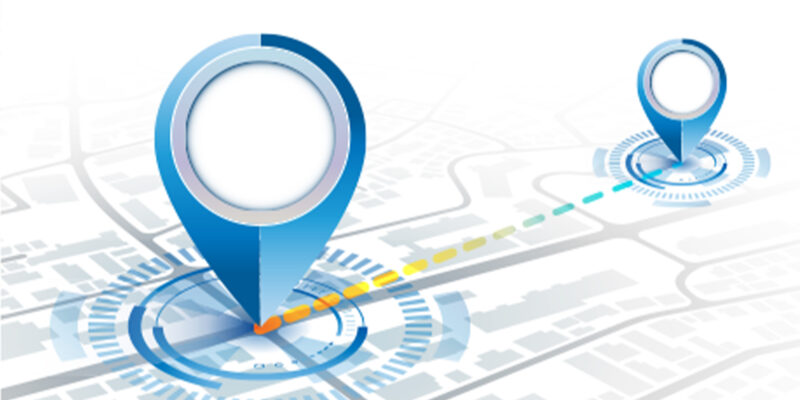
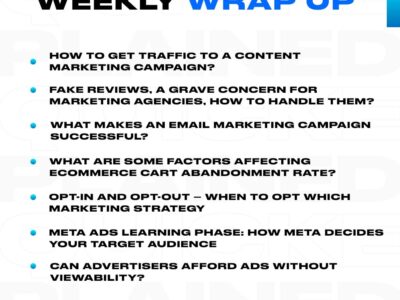

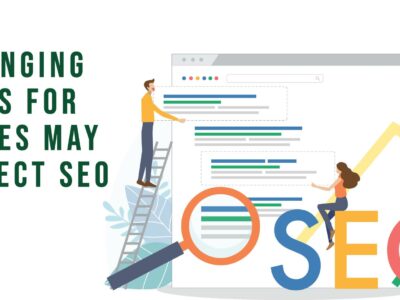
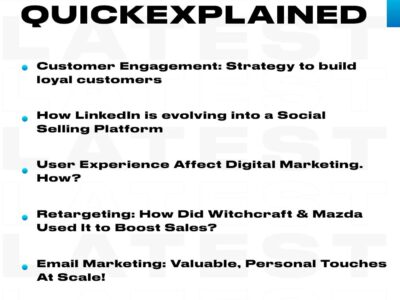
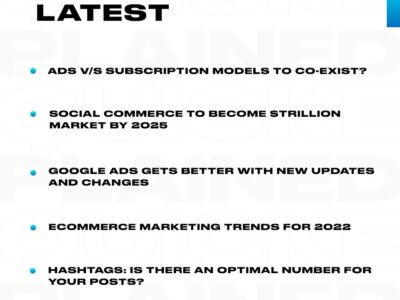

Comments